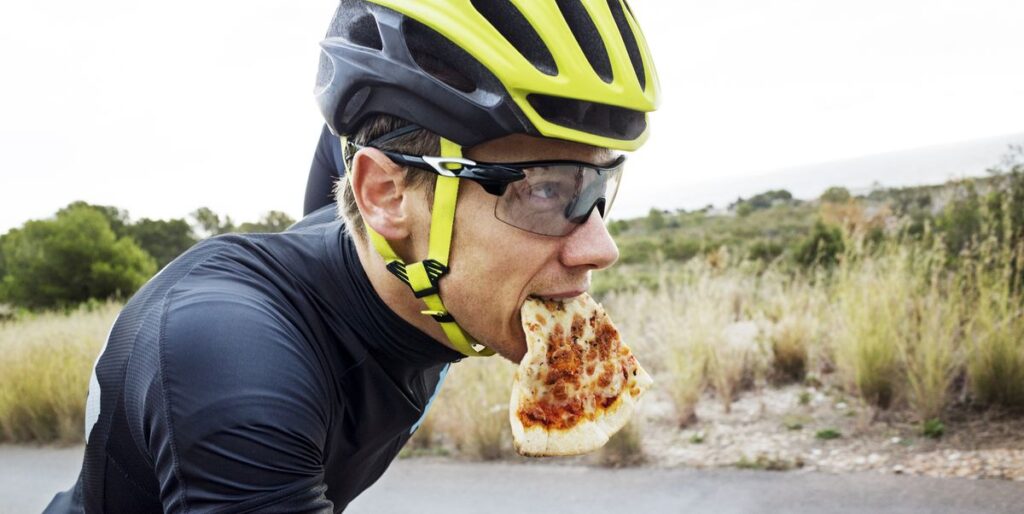Best Diet for Cyclists
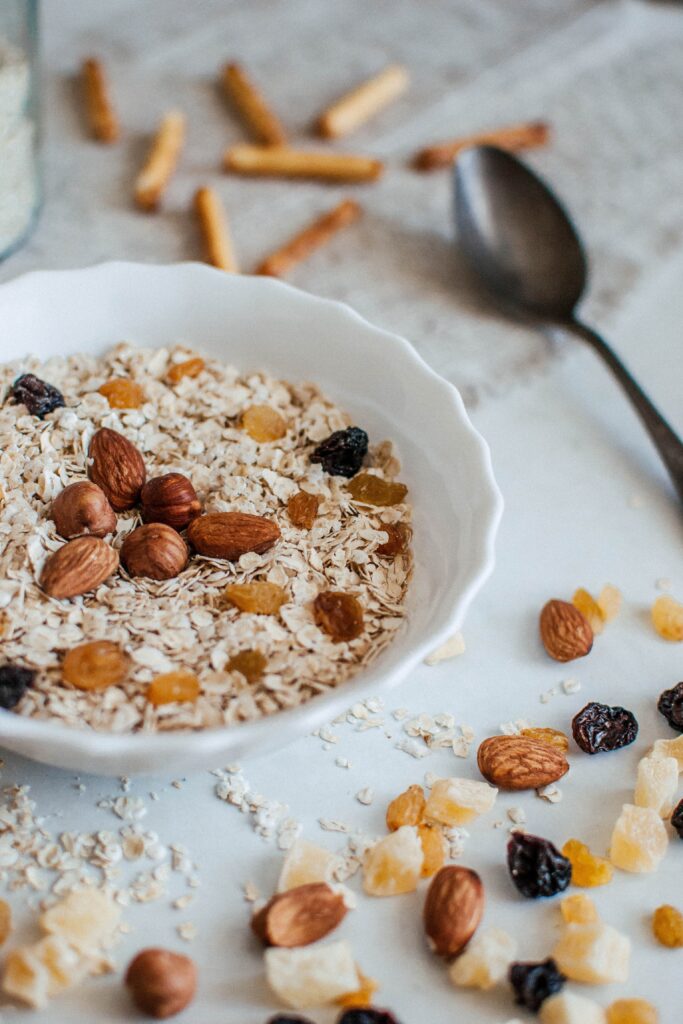
Your ride performance can be greatly impacted by what you eat—and when you eat it. Therefore, it is important to eat before your cycling event or ride to fuel up on your glycogen stores.
Your glycogen levels should be near full when starting your ride. However, what and when to eat can easily play a factor in how fast the body can convert your glycogen into energy.
In this article, you’re going to learn about what foods are optimal for pre-ride fueling.
Carbo-Load Foods
Since these foods have high contents of protein or carbohydrates, they make great pre-ride fuel:
Pasta: Pasta has been a go-to food for endurance athletes for a while. Ideally, pasta should be eaten two to three hours before your ride to give the body enough time to convert it into energy for when you need it. Eat pasta during your final days to your big ride to maximize your glycogen stores.
Quinoa: Quinoa is a good alternative for rice; it has twice the amount of protein found in a normal cereal brand and it provides a slow release of energy for a cyclist. Quinoa has a slightly bland nutty flavor and can be cooked like rice or even baked.
Porridge: Porridge is an ideal breakfast to eat before your ride for an early start race. It is wise to eat it hours before your ride so as not to start with a full stomach and to give the body enough time to digest (this might require you to wake up a bit earlier if you are going on a morning ride). You can upgrade your porridge by adding ingredients such as banana, dried fruits, or jam.
Bread: Bread is normally slow-release energy giving food and is high in carbs. However, it depends on the type of bread you want. Rye bread is healthier and releases energy slower than white bread. If you are looking for fast energy, a sandwich of white bread with jam or peanut butter can be what you need.
Bagel: If you can’t eat cereal before riding, a bagel can supply a good amount of carbs. A normal bagel has more than 280 calories making it ideal for a cyclist. Your choice of a bagel has an impact on how fast your carbs convert into energy. For example, whole wheat or a multigrain bagel provides slow-energy release since its high in fiber.
Granola: Granola is a good source of carbs. It is not easily broken down as it is a whole grain, hence, the energy is released slowly providing fuel for long rides. Granola can be baked into an energy bar or cake—or you can use as a topping with other food to be eaten before a ride.
Bananas:
A banana can be great to snack on minutes before a ride. The speed of energy availability can be affected by the ripeness of the banana because a ripe banana will be digested faster than a green one.
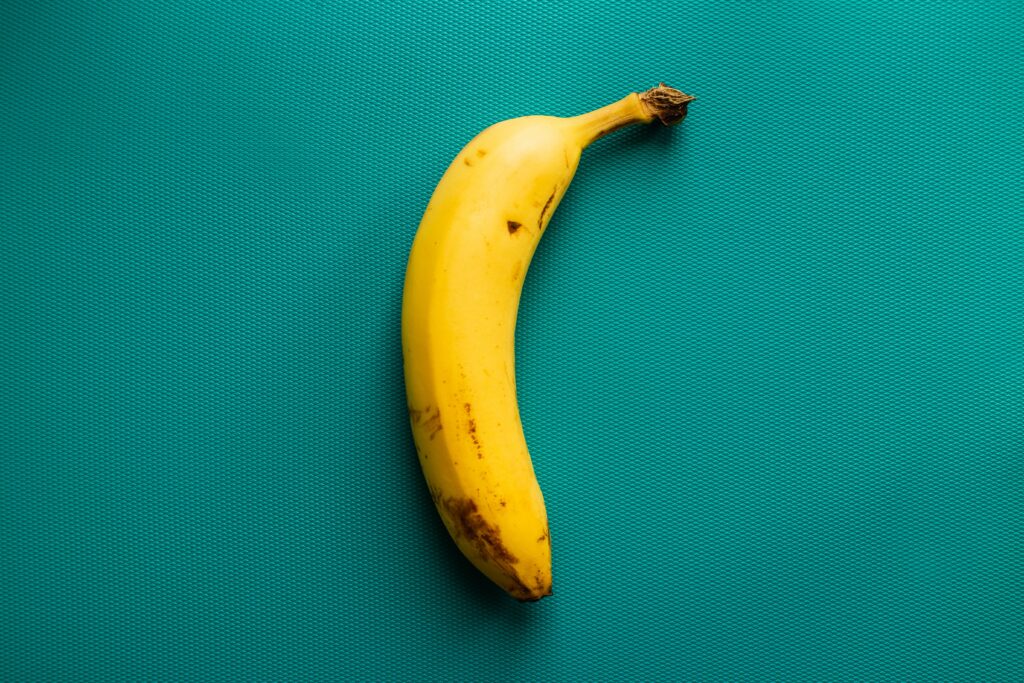
Energy bar: There are several different energy bars with different amounts of carbs. An energy bar is good to have on-the-go. They are suitable for getting your glycogen levels to full capacity. Find an energy bar that fits your taste.
Chia seeds: A cyclist can use chia seeds for an energy boost. Chia seeds can be added to anything—from salads to puddings or soups, without even cooking them! You can even grind them into powder and add to your sports drink to top up the energy.
Peanut butter: Peanut butter is a great source of protein for a cyclist compared to other sources such as eggs, lean meat, fish or protein bars. When you combine peanut butter with a carb like bananas or bread, it will give you a good combination for your energy for riding.
Different Diets for Riders
These are all great diets for cyclists:
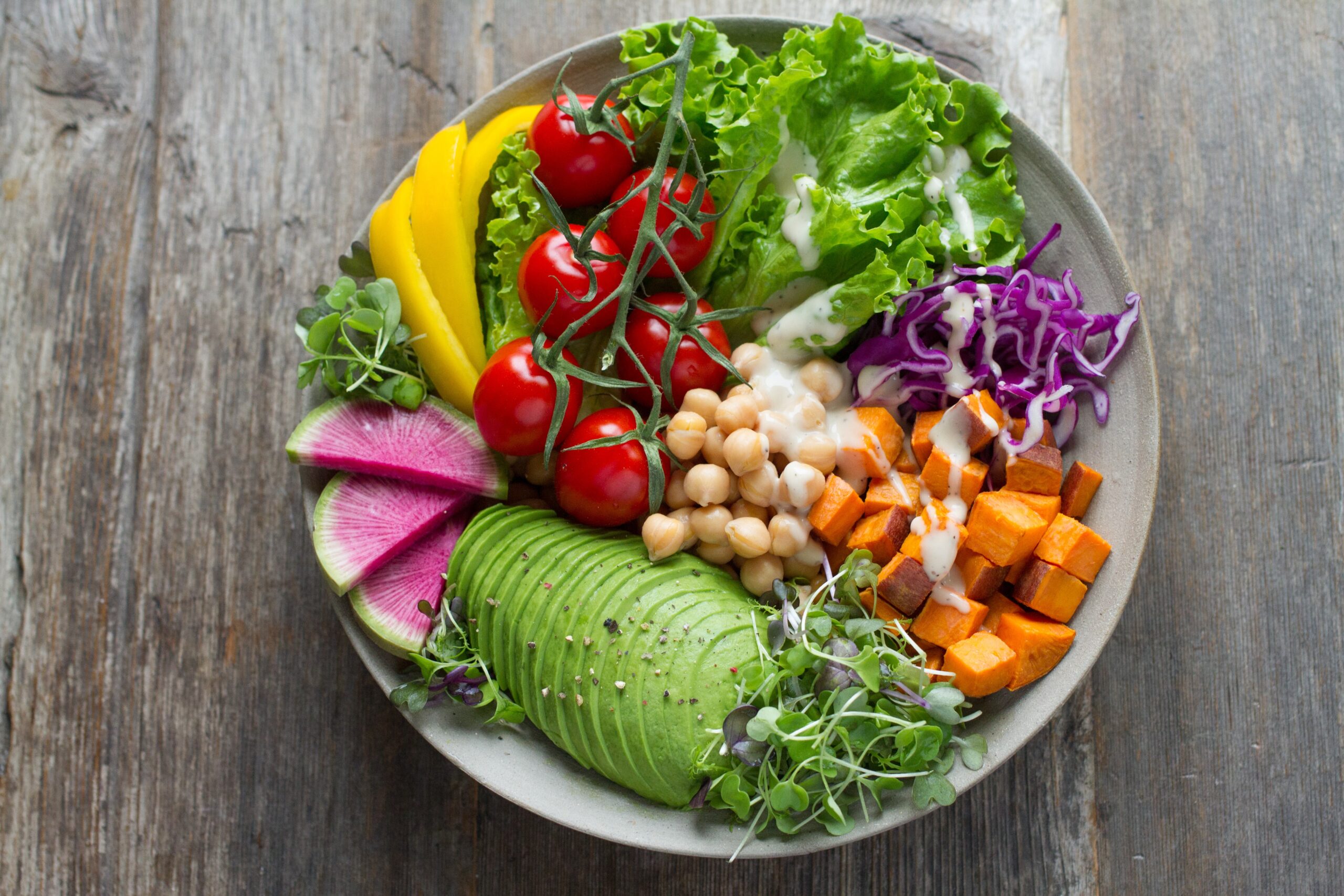
The Flexitarian Diet—To help you flex your biking potential, this is a flexible vegetarian diet that is mostly plant-based. This diet supports plant-based eating with non-meat proteins such as peas, beans, eggs. Allowing two to five days a week without meat, many athletes like such flexibility. This can be good for riders who feel like they need meat after a hard ride or during heavy training.
They can put a bit of chicken on their plates without guilt and provide themselves with the protein they need for their stamina and strength. Also, reducing your meat consumption has some environmental benefits, which is always a good thing.
The DASH Diet (Dietary Approaches to Stop Hypertension)—Focuses on vegetables, lean protein, whole grains, low-fat dairy, and fruits that are rich in nutrients (calcium, potassium, fiber, and protein).
This diet helps lower blood pressure. It does not encourage food rich in saturated fats such as tropical oils and fatty meat or sweets and sugary drinks.
The DASH diet is rich in potassium, which has high effects on the lowering of blood pressure. When you’re training, racing or riding in the heat, you need to take into account your sweat loss as you may need extra salty food or salt to maximize the intake of electrolytes.
The MIND diet (Mediterranean DASH Intervention for Neurodegenerative Delay)—This diet was discovered when data was collected that older adults who thoroughly monitored vital brain-protective elements of the Mediterranean and DASH diets, reduced their Alzheimer risks by 53 percent.
The main elements of the MIND diet are berries, whole grains, beans, green leafy, fish, nuts olive oil, poultry, and wine. It keeps people away from fried foods, cheese, sweets, red meats, butter, and margarine. These elements improve your ability to perform and sharpen your mind even in your 80s or 90s. It is believed to be worthy especially to older athletes.
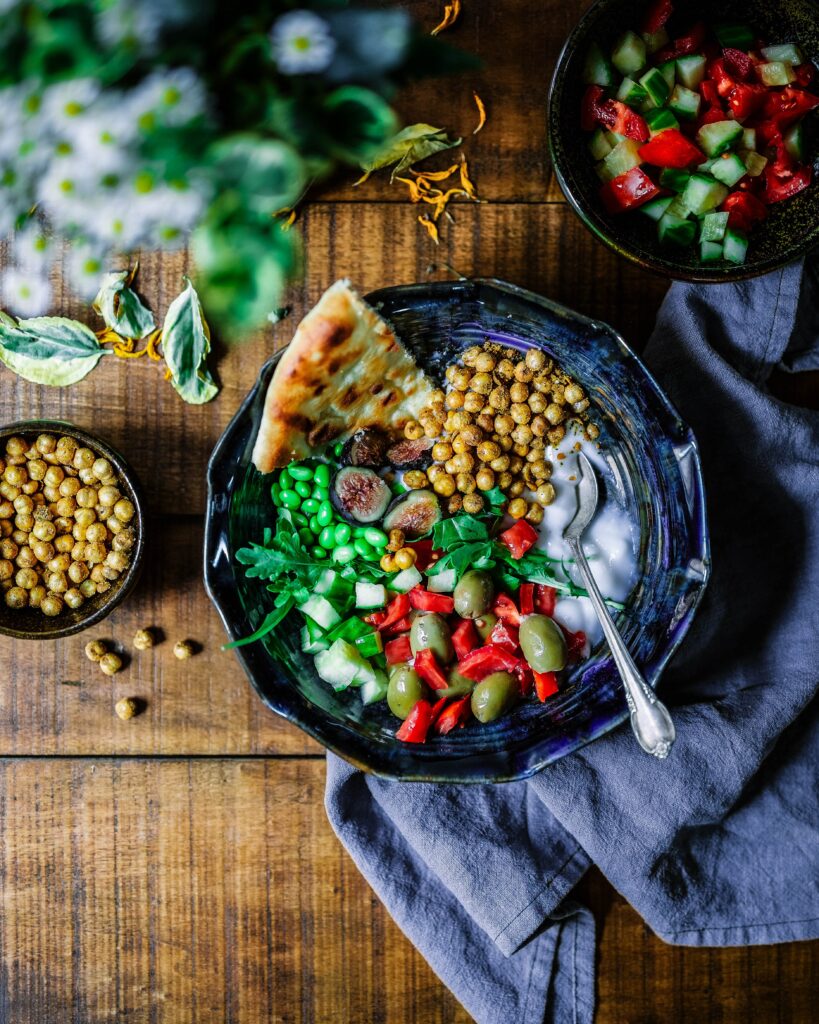
The Nordic diet—This diet focuses on food common in the Scandinavian region such as lingo berries, Icelandic yogurt, and elk. However, you can focus on low-glycemic carbs, nutrient-dense food, and protein-rich food, which are locally available wherever you are. This diet was developed in Denmark by scientists to improve public health and extend the focus beyond nutrition to environmental wellness.
It focuses on eating more vegetables and fruits, foods from the lakes and seas as well as whole grains. It also emphasizes avoiding additives, cooking from home, eating organic, and reducing food waste. A feel-good diet goes along with limiting what goes into landfills and improving sustainability.
The Volumetric diet—This diet was designed to help people feel fuller with fewer calories intake. It focuses on building a diet based on foods with high water content and low energy density such as non-starchy vegetables, fruits, and soups as well as food with high energy such as sweets, oils, and butter.
This diet can be great for endurance athletes on different levels; sometimes when exercising some people tend to get hungrier and need to eat a lot of food. The volumetric diet will help you eat that volume of food without adding extra calories to the body and keep you hydrated since it emphasizes on the liquid content of the food. This diet helps you lower your cholesterol and fuel your riding.
The TLC ( Therapeutic Lifestyle Changes)—TLC was developed by the National Institute of Health’s National Cholesterol Education Program to aid people to keep their lipid levels in check for a healthy heart. It involves the consumption of low-fat dairy and fruits in a day, taking whole grains with legumes and vegetables.
This diet limits animal proteins and eggs along with oils and fats. It can be a good choice for endurance athletes since it focuses on complex carbohydrates. Endurance athletes who sometimes short-change their carbs intake for sports get a boost with the TLC diet since it gives allowance for more carbs.
The Asian Diet—Focusing on a food plan known as Asian Heritage Diet, this diet bases itself on how people in Asian countries eat. This is because they normally have less weight and have lower obesity-related diseases than those who follow the normal American diet.
The Asian Diet includes legumes, leafy greens, seeds and nuts, vegetables, whole grains, soy foods, herbs, and spices. Fish or shellfish are only eaten only twice a week with moderate portions of poultry, eggs, and cooking oil with fewer sweets and red meat. One is also encouraged to drink unsweetened tea with plenty of water.
The Vegetarian Diet—This diet is normally exclusive of a plant-based diet and does not include animal products such as poultry and meat although it can be open to dairy products and eggs. Vegans exclude animal-based and animal foods. Research shows that consuming more plants boosts your health on almost every level.
Weight Watchers (WW)—The emphasis of Weight Watchers is to keep calories on the check and can be favorable for those who want to shed a few pounds or maintain their weight loss. WW uses A Smart Point system to allocate every beverage and food a point value. You get daily points basing on your goals and you can identify what to eat to achieve your goals.
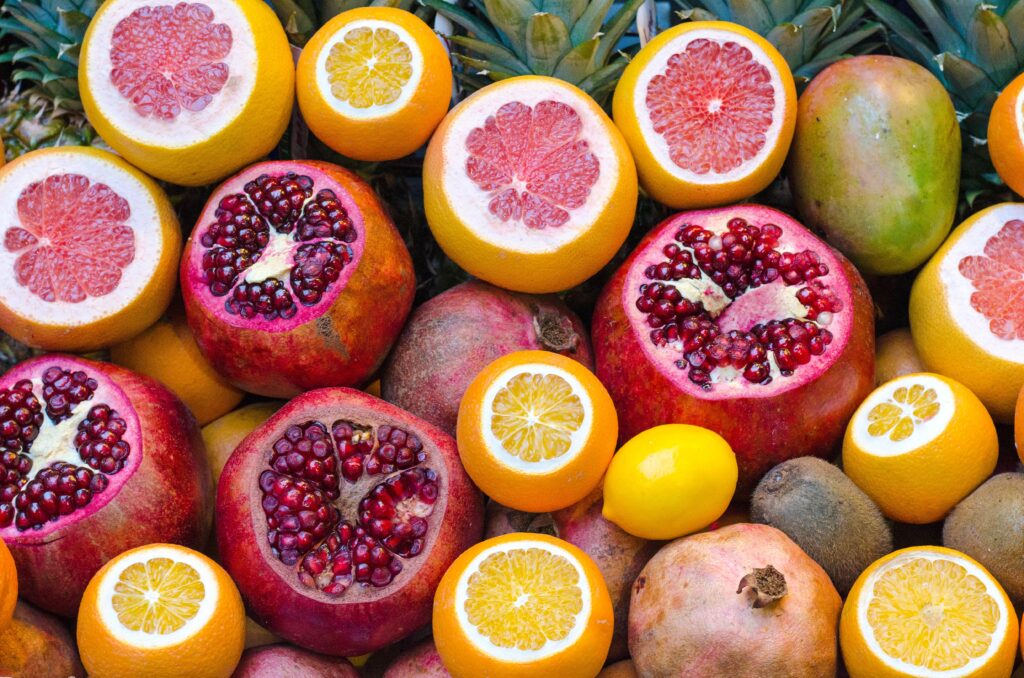
Cyclist Nutrition
As a cyclist, you need to have a diet of your choice to maintain your health and have a great ride. How you perform during your ride can be affected by what you eat, so it is important to choose wisely what to eat to grow your strength and stamina during and after the ride.

